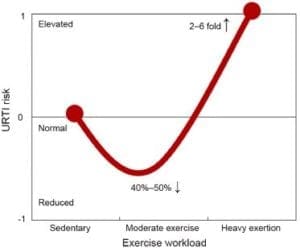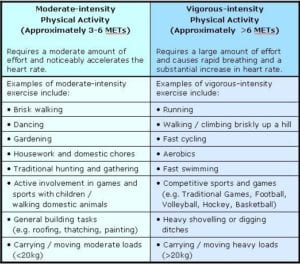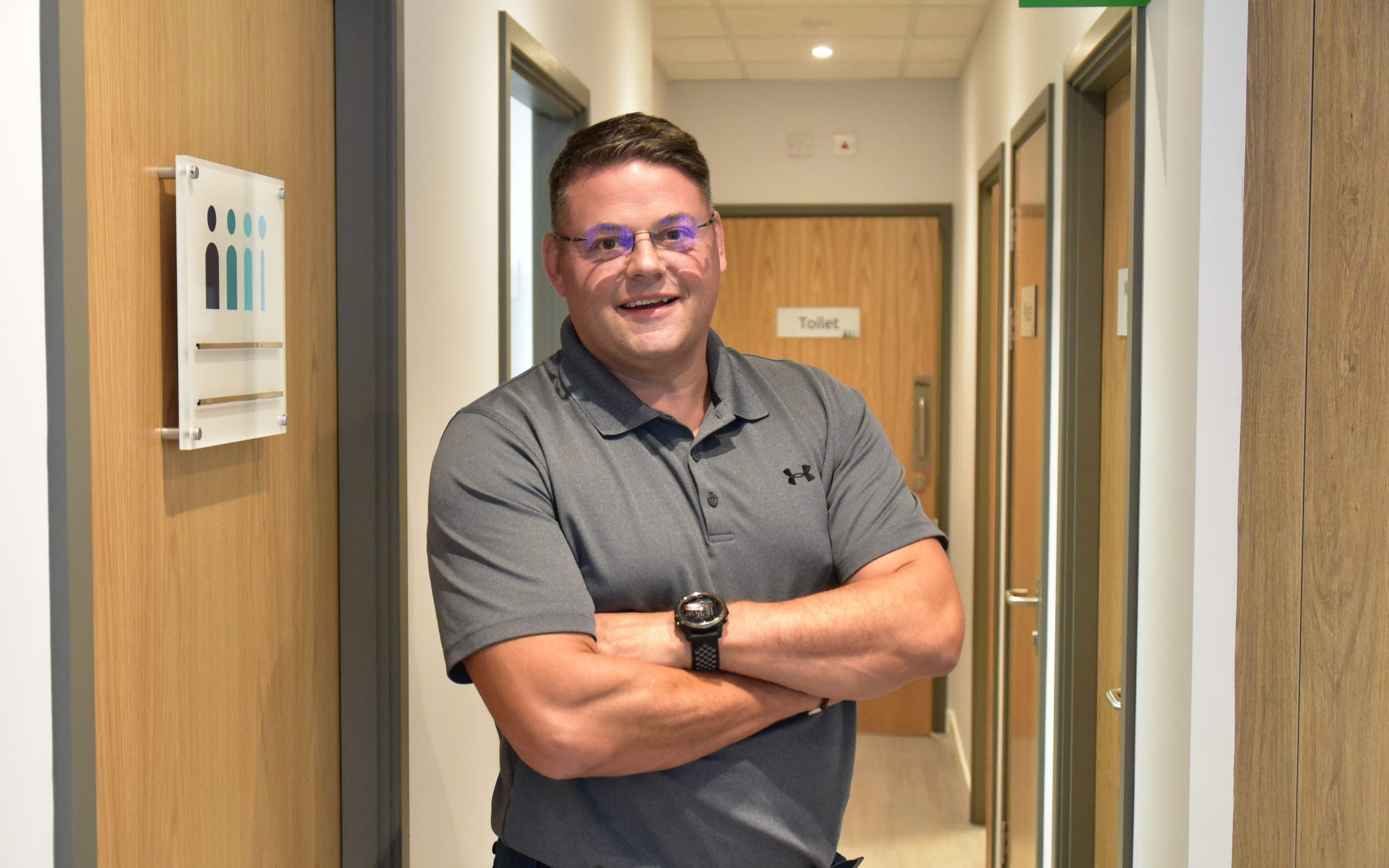Whilst is it important to keep your health and fitness up during these unusual times, we should also consider the intensity levels of the activities we participate in during this time too.
Moderate weight loss exercise has a direct relationship with improving our immune system, however, in contrast, high intensity exercise and activity workloads can be linked to both inflammation and muscle damage and causing respiratory stress.
As COVID-19 is, primarily, a respiratory virus, it’s important we don’t place too much stress on our lungs and breathing systems.
In the study, ‘The compelling link between physical activity and the body’s defence system’ by David C Nieman and Laurel M Wentz, they looked at the relationship between levels of exertion in activities and the effect on your immune system.
In the study, they discovered a ‘J-Curve’ model, that links respiratory infections with level of intensity in exercise.

The above graph illustrates that while moderate exercise provides a 40-50% decrease in the risk of developing lung and respiratory infections, heavy exertion on a regular basis can cause your risk of lung infections to increase by up to 6 times.
What’s more, regular, moderate exercise for weight loss has been shown to be associated with decreased mortality rates and rates of other lung viruses such as flu and pneumonia.
Taking our learnings from this, what is moderate weight loss exercise? What is classed as moderate and what sort of exercise should we be doing to help reduce the risk of respiratory infection, such as Coronavirus?
Moderate exercise for weight loss is where your heart rate is steadily at about 60% of your maximum recommended heart rate.
If you want to calculate your maximum recommended heart rate, you can do the following sum:
220 – [your age] = your max heart rate
To find your moderate activity heart rate (60%), divide your max heart rate by 100 then multiply it by 60.
E.g. 220 – 32 = 188 (max heart beats per minute for a 32-year old)
188 / 100 x 60 = 113
From this sum, for a 32-year old, the 60% heart rate you should be achieving in moderate exercise is 113 beats per minute.
For further reference, high intensity is classed as anything that raises your heart rate to between 70-85% of your maximum heart rate.
When it comes to activity, it is recommended that adults aged 18-64 should do at least 150 minutes of moderate intensity exercise each week and, if you choose to up the intensity, you should do 75 minutes of high intensity exercise each week, or a combination of both.
If you want to further your fitness, you can look to increase your moderate exercise to 300 minutes per week and your high intensity to 150 minutes per week, but please seek the advice of a Doctor or movement professional before you increase or intensify any of your activity.
If you’re looking for ideas on what moderate or high intensity exercise you could try, the following table gives you a great idea of what constitutes both.

It’s important to remember that movement, activity and exercise are key to keeping your health and well-being in top condition. We know that not everyone is confident with exercising, so build up slowly to anything new.
If you can, try going out for a brisk walk, or slow jog, or doing some gentle exercise in the garden before trying anything to vigorous or exerting yourself too hard.
Phil, Movement Coach for The Slimming Clinic
If you want more advice, please do book an appointment with the Doctor. We are still open for remote appointments via telephone or video call at this time, for current patients, or patients that have been to us in the last 30 days. We are also able to get your prescription medication delivered to your door, should it be prescribed by the Doctor.


